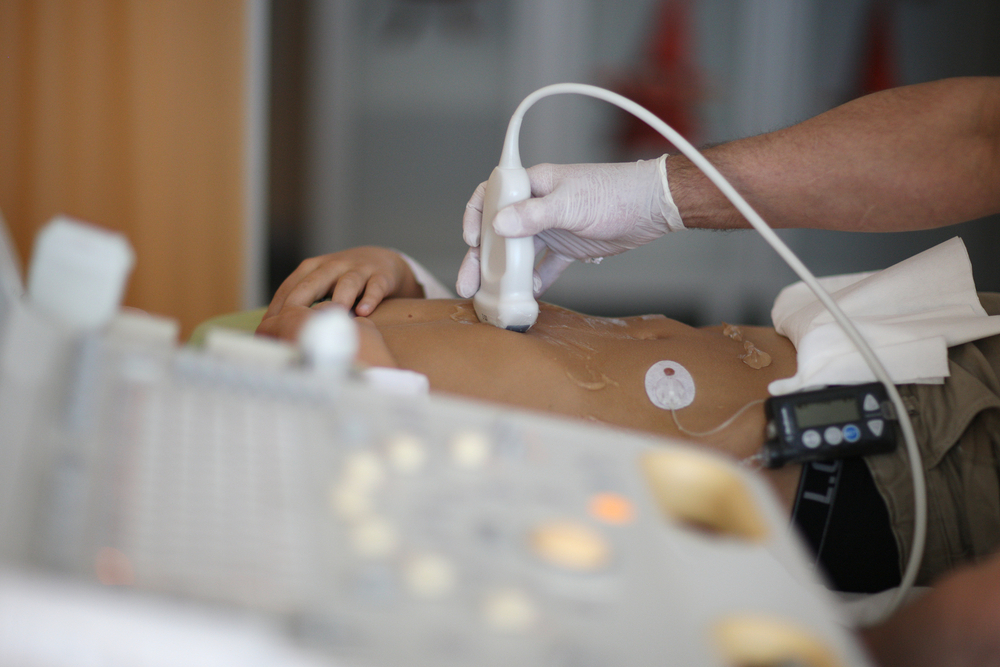ICM: How much specialised lung ultrasound training is needed for RTs?

ARTICLE REVIEW
The use of ultrasound (US) is no longer just the remit of radiologists. Echocardiography is now an established tool in the intensive care unit (ICU) culminating in the recently introduced European Diploma in Echocardiography (EDEC). Equally, lung US has the potential to enhance the diagnostic and therapeutic ability of the intensive care team. International guidelines have been supportive of the inclusion of lung US within training curricula, but have not been able to define issues such as the period of training nor the minimal number of scans required to achieve independent-practitioner status [1,2].
This study by See and colleagues attempted to address some of these issues. Their goal was to elucidate the threshold number of scans above which competency for independent practice may be attained for respiratory therapists (RTs) i.e. non-physicians. The study was conducted in a medical ICU of a university hospital and involved all mechanically ventilated patients or patients with respiratory failure who required at least 40% inspired oxygen fraction to maintain saturations above 90%.
A curriculum was designed comprising theoretical and practical sessions for the group of ultrasound-naïve RT. The theoretical component was delivered using a combination of lectures, on-line resources and self-directed reading. Clear learning objectives were identified whilst direct supervised scan training was provided by a single instructor. 12 lung zones were scanned which required the patient to be repositioned in order for image acquisition to take place. Based on the images obtained, the RT had to classify their findings into the following patterns:

The time to acquire images, need for supervisor intervention and accuracy of conclusion (as judged by an expert) were recorded.
11 RTs underwent the training programme with a median duration of self directed learning of 3 hours. A total of 170 patients were scanned with each RT performing 15 scans. The majority of scans were normal. The authors concluded that:
• US-naïve RTs could be trained to perform lung US independently and competently
• Low levels of assistance were required after 6 scans
• High level of accuracy (>95%) attained after 10 scans
Amongst the limitations raised by the authors was the fact that there was a relatively higher number of normal lung scans compared to pathology. Perhaps more importantly, the authors did not study the impact of the lung US findings on clinical management plans and patient outcomes.
This study highlights the fact that competency in lung US can be taught and achieved in a relatively short-period of time with the appropriate theoretical and practical support. It provides a threshold number of scans which can act as a base for future studies and design of training programmes.
This article review was prepared and submitted by Adrian Wong on behalf of the NEXT Committee.
References
1. Cholley BP, Mayo PH, Poelaert J et al. Expert Round Table on Ultrasound in ICU (2011) International expert statement on training standards for critical care ultrasonography. Intensive Care Med 37:1077–1083.
2. Volpicelli G, Elbarbary M, Blaivas M et al. International Liaison Committee on Lung Ultrasound for International Consensus Conference on Lung Ultrasound. (2012) International evidence-based recommendations for point-of-care lung ultrasound. Intensive Care Med 38:577–591
3. See et al. Lung ultrasound training: curriculum implementation and learning trajectory among respiratory therapists. (January 2016) Intensive Care Med 42:63 – 71